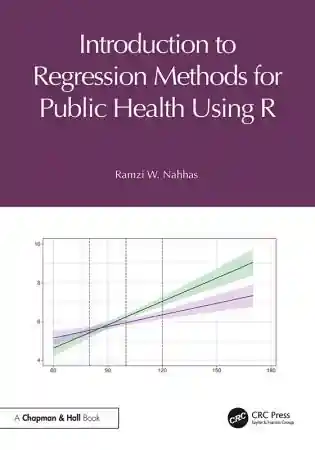
The Science of Forensic Entomology
- Length: 400 pages
- Edition: 1
- Language: English
- Publisher: Wiley-Blackwell
- Publication Date: 2014-02-03
- ISBN-10: 1119940370
- ISBN-13: 9781119940371
- Sales Rank: #798878 (See Top 100 Books)
The Science of Forensic Entomology builds a foundation of biological and entomological knowledge that equips the student to be able to understand and resolve questions concerning the presence of specific insects at a crime scene, in which the answers require deductive reasoning, seasoned observation, reconstruction and experimentation—features required of all disciplines that have hypothesis testing at its core. Each chapter addresses topics that delve into the underlying biological principles and concepts relevant to the insect biology that forms the bases for using insects in matters of legal importance.
The book is more than an introduction to forensic entomology as it offers in depth coverage of non-traditional topics, including the biology of maggot masses, temperature tolerances of necrophagous insects; chemical attraction and communication; reproductive strategies of necrophagous flies; archaeoentomology, and use of insects in modern warfare (terrorism). As such it will enable advanced undergraduate and postgraduate students the opportunity to gain a sound knowledge of the principles, concepts and methodologies necessary to use insects and other arthropods in a wide range of legal matters.
Table of Contents
Chapter 1 Role of forensic science in criminal investigations
Chapter 2 History of forensic entomology
Chapter 3 Role of insects and other arthropods in urban and stored product entomology
Chapter 4 Introduction to entomology
Chapter 5 Biology, taxonomy, and natural history of forensically important insects
Chapter 6 Reproductive strategies of necrophagous flies
Chapter 7 Chemical attraction and communication
Chapter 8 Biology of the maggot mass
Chapter 9 Temperature tolerances of necrophagous flies
Chapter 10 Postmortem decomposition of human remains and vertebrate carrion
Chapter 11 Insect succession on carrion under natural and artificial conditions
Chapter 12 Postmortem interval
Chapter 13 Insect alterations of bloodstain evidence
Chapter 14 Necrophagous and parasitic flies as indicators of neglect and abuse
Chapter 15 Application of molecular methods to forensic entomology Co-authored
Chapter 16 Archaeoentomology: insects and archaeology
Chapter 17 Insects as weapons of war and threats to national security
Chapter 18 Deadly insects
Appendix I Collection and preservation of calyptrate Diptera
Appendix II Getting specimens identified
Appendix III Necrophagous fly life table references







